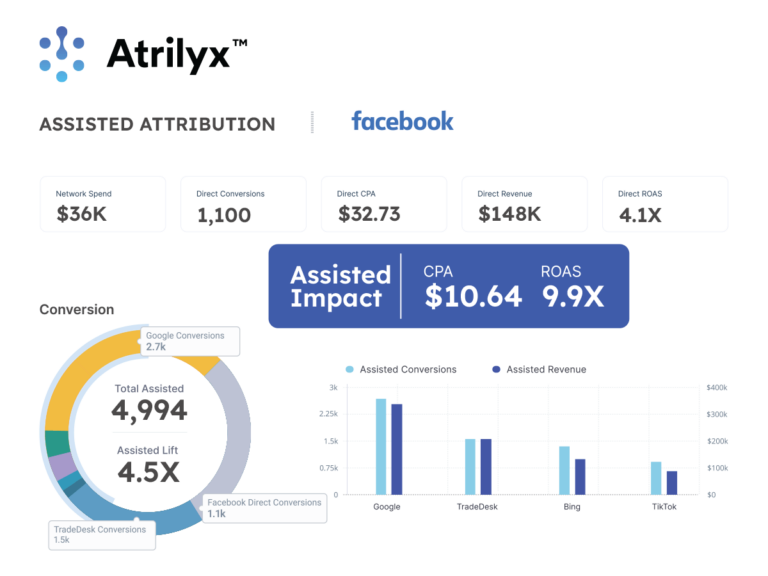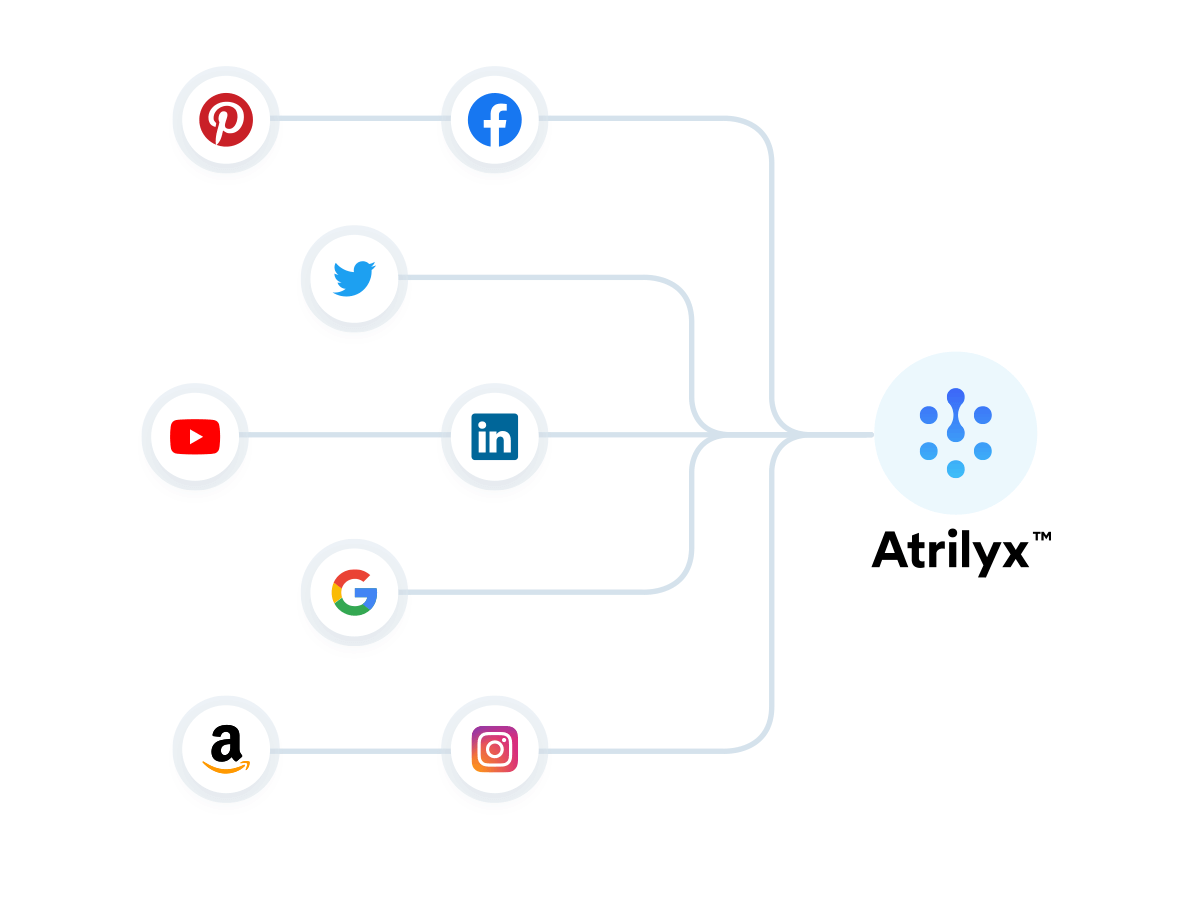When measuring the performance of a marketing campaign, relying solely on a consumer’s last click as a metric can be quite misleading. Now more than ever, users may interact with multiple channels before converting. By only using a last-click model, a marketer or business leader is missing out on valuable insights about where their traffic originates, neglecting the top funnel of their customer’s journey.
So what’s a good example where last click attribution can lead to a false allocation of your marketing budget? Let’s say you are an advertiser running a full-funnel campaign with ads on streaming platforms, social media, and search engines. Many times, the search will come last in this process and therefore you would only be attributing that “last click” to search, with little regard to all the times a consumer saw your ads previously at the top and mid funnel. You may then pause those non-search campaigns without understanding the true value they were driving to get that final search click.
In an omnichannel reality, the journey to purchase can last weeks, starting either in the physical or digital world. A full funnel perspective paints a more holistic picture by relying on different touch points on the consumer’s path to conversion, which leads to budget optimization and investment shifts. The key driver to this is what we call “Assisted Attribution”.
Assisted Conversions Are Your North Star: Budget Accordingly
When your marketing budget management focuses on direct conversions rather than assisted conversions, budgets are mistakenly shifted to the wrong tactics. In fact, a consumer’s journey consists of multiple touchpoints –including organic search, interacting with review websites, or clicking and/or viewing an ad. The value of each of these steps can’t be understated. Each touchpoint that leads to a conversion without being the last click is known as an “Assisted Conversion”. Before making any decisions on campaign performance, it is important to understand what the assisted impact is of the campaigns you are running.
What’s Your Top Network? Measure Assisted Lift.
We define the “Assisted Lift” as the delta between Assisted and Direct conversions. We explained, “As a metric, Assisted Lift tracks the impact of specific channels, networks, and tactics on directional conversion and revenue increases within multi-touch attribution.” Understanding Assisted Lift empowers business owners with a more solid understanding of attribution-data touchpoints, yielding clear competitive advantage over advertisers who are not holistically tracking their campaigns. For example, Atrilyx helped a client determine that while Twitter had appeared to be on par with other social platforms, the Assisted Lift was much higher on other networks like Instagram and TikTok. As a result, funds were redirected out of Twitter and into TikTok, leaving only a small budget for Twitter campaigns.
Start Measuring Assisted Attribution on Your Campaigns
Atrilyx can help reshape the way you as an advertiser measure success. From a full funnel perspective, Atrilyx ensures that budget optimizations, investment shifts, and increased creative production will be smarter and more efficient. Prepare to be surprised –a channel that you did not put much stock into might yield a considerable amount of soft power, increasing your overall conversions by assisting other tactics in your media mix. By intimately understanding the tactics driving assisted lift, advertisers can shift investment accordingly to increase conversions and make their media more efficient.



